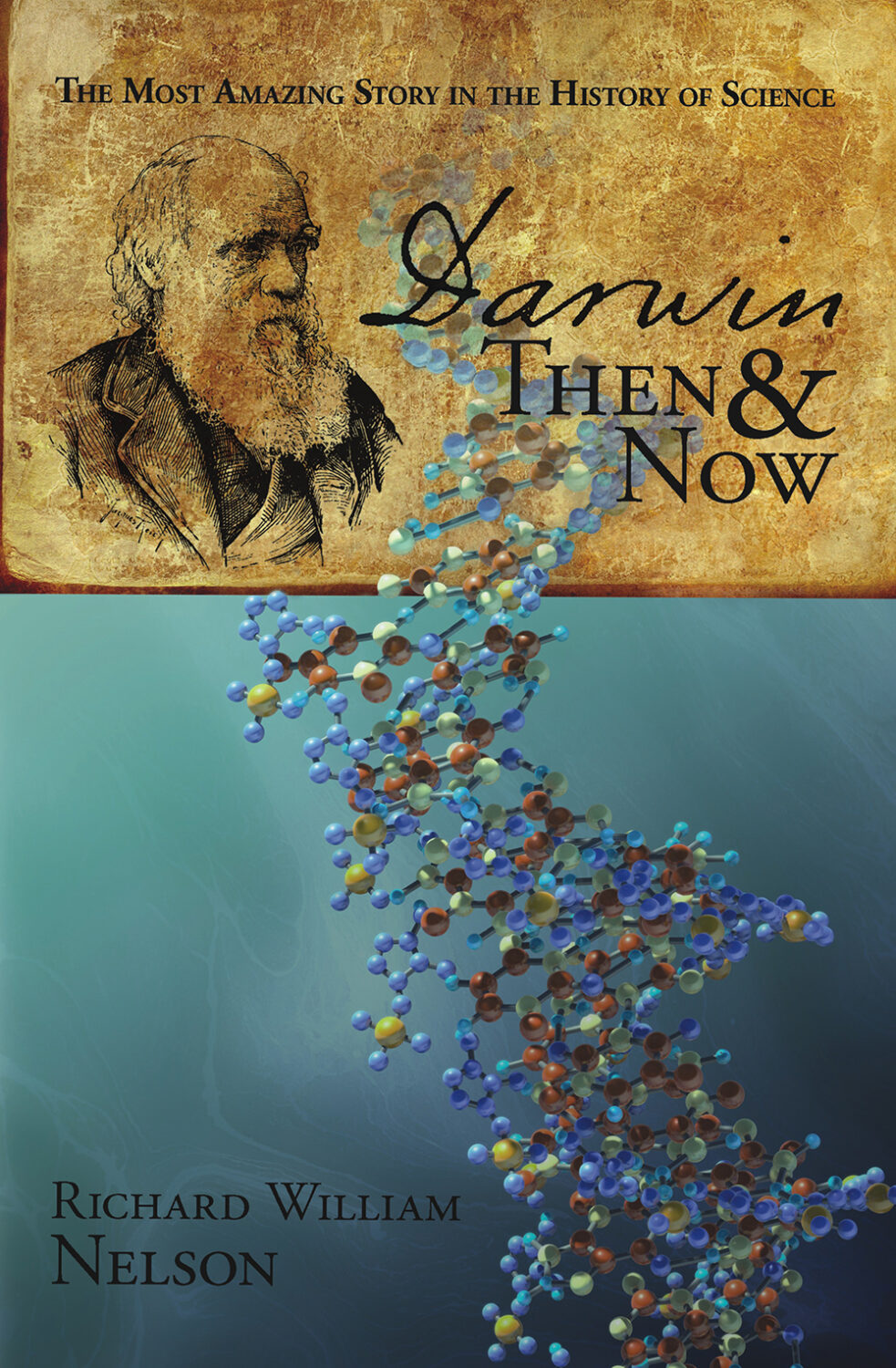 Charles Darwin envisioned natural selection driving the dynamic between rates of extinction and speciation.
Charles Darwin envisioned natural selection driving the dynamic between rates of extinction and speciation.
Extinction is the complete elimination of a species, and speciation is the formation of a new species in Earth’s biosphere through natural selection. As Darwin explains in The Origin of Species –
“We shall then see how Natural Selection almost inevitably causes much Extinction of the less improved forms of life.”
“Thus, extinction and natural selection go hand in hand,” Darwin argued. Extinction results from the actions of natural selection to remove less adapted and disadvantaged species –
“The extinction of species and of whole groups of species, which has played so conspicuous a part in the history of the organic world, almost inevitably follows from the principle of natural selection.”
Linked Changes
The “production of new” species drives the extinction process, Darwin argued –
“On the theory of natural selection, the extinction of old forms and the production of new and improved forms are intimately connected together.”
Extinction is the consequence of the speciation process –
“The extinction of old forms is the almost inevitable consequence of the production of new forms.”
Evolutionary scientists aim to identify and examine these “old forms” as evidence of transitioning into “new forms, throughout Earth’s history.
“If it could be demonstrated that any complex organ existed, which could not possibly have been formed by numerous, successive, slight modifications, my theory would absolutely break down.”
Therefore, validation of Darwin’s theory hinges on linking extinct species that transitioned into a distinctly new species through successive modifications.
Presumptions
Darwin presumed that the rate of extinction must be less than the rate of speciation to populate Earth’s vast biosphere, noting –
“Therefore, the utter extinction of a group is generally, as we have seen, a slower process than its production [speciation].”
Rather than applying well-known scientific principles, Darwin applied reasoning to presume the rate of extinction, noting –
“There is reason to believe that the extinction of a whole group of species is generally a slower process than their production.”
Evidence
The fossil record evidence undermines Darwin’s presumptions since more than 99% of all species thought to inhabit Earth are now extinct. The rate of extinction is now known to far exceed speciation.
As it is with the nature of time, the use of rational thinking, logical analysis, and critical analytic thinking has little value in understanding Earth’s biosphere.
Extinction and Speciation is a subcategory of Evolution and Science.
More
The subcategories of Extinction and Speciation include –
Articles addressing the scientific evidence for Extinction and Speciation, include –
Darwin Then and Now is an educational resource on the intersection of evolution and science, highlighting the ongoing challenges to the theory of evolution.
Move On
Explore how to understand twenty-first-century concepts of evolution further using the following links –
-
- The Understanding Evolution category showcases how varying historical study approaches to evolution have led to varying conclusions. Subcategories include –
- Studying Evolution explains how key evolution terms and concepts have changed since the 1958 publication of The Origin of Species.
- What is Science explains Charles Darwin’s approach to science and how modern science approaches can be applied for different investigative purposes.
- Evolution and Science feature study articles on how scientific evidence influences the current understanding of evolution.
- Theory and Consensus feature articles on the historical timelines of the theory and Natural Selection.
- The Biography of Charles Darwin category showcases relevant aspects of his life.
- The Glossary defines terms used in studying the theory of biological evolution.
- The Understanding Evolution category showcases how varying historical study approaches to evolution have led to varying conclusions. Subcategories include –


